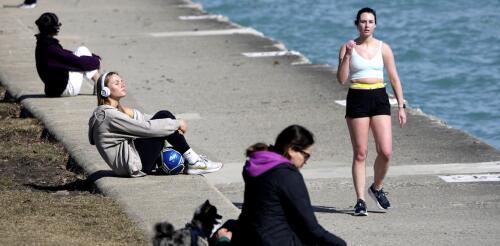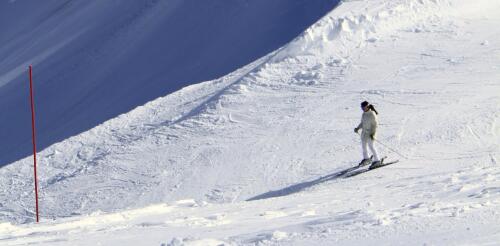Freezing
One of the most robust measures of Earth’s changing climate is that winter is warming more quickly than other seasons. The cascade of changes it brings, including ice storms and rain in regions that were once reliably below freezing, are symptoms of what I call “warming winter syndrome.” Wintertime warming represents the global accumulation of heat. During winter, direct heat from the Sun is weak, but storms and shifts in the jet stream bring warm air up from more southern latitudes into the northern U.S. and Canada. As global temperatures and the oceans warm, that stored heat has an influence on both temperature and precipitation. The U.S. has been feeling this warming in the winter of 2023-24, the warmest on record for the Lower 48 states. Snowfall has been below average in much of the country. On the Great Lakes, the ice cover has been at record lows. Late February saw a wave of summerlike temperatures spread up into the central and eastern U.S., along wi...
An avalanche swept up skiers at Lake Tahoe’s largest ski resort on Jan. 10, 2024, as a 150-foot-wide sheet of snow slid down a mountain slope into a pile 10 feet deep. One person died in the avalanche and three others were rescued, according to the Placer County, California, Sheriff’s Office. The slide happened in steep terrain near the KT-22 chairlift, which had just opened for the season that morning. A second unplanned avalanche hit the same ski resort the next day, but no one was injured. Avalanche deaths are rare inbounds at ski resorts like Palisades Tahoe, but the risk rises in the backcountry – 30 backcountry avalanche deaths were reported in the U.S. during the 2022-2023 season. Nathalie Vriend, a skier and physicist at the University of Colorado Boulder who studies avalanches, explains what happens in an avalanche and techniques for surviving one. What causes avalanches? The behavior of an avalanche depends on the structure of the snowpack, but that...

